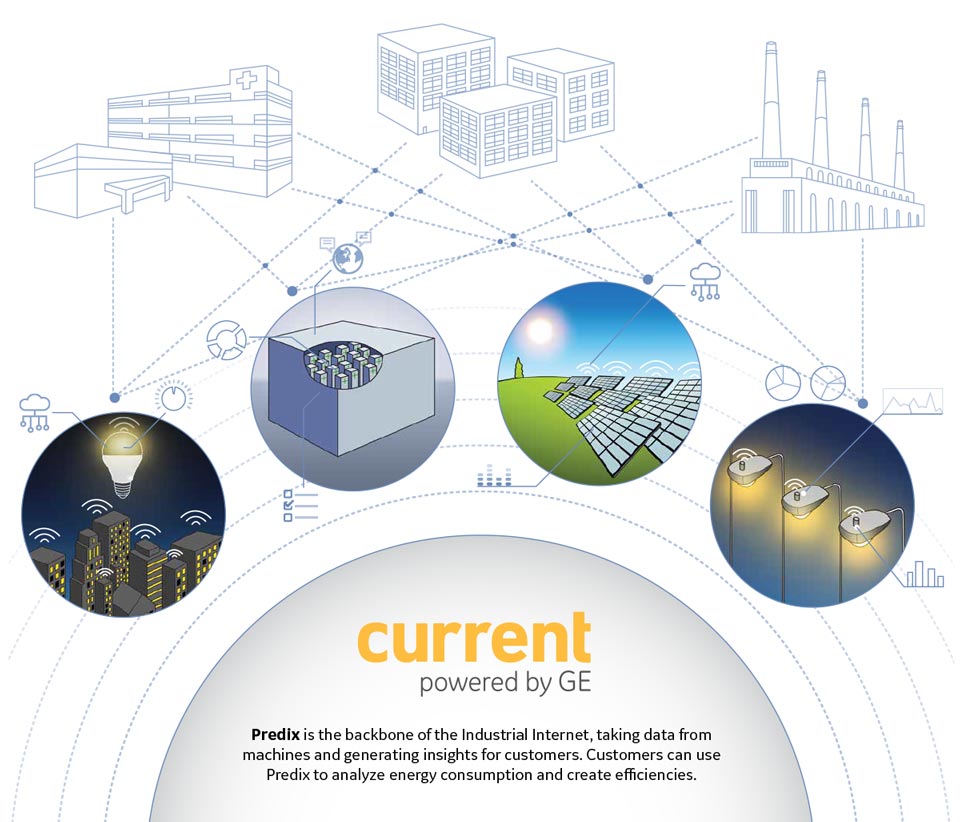Integrated Device Technology, Inc. (IDT®) (IDTI) today announced an agreement to acquire privately held ZMDI (Zentrum Mikroelektronik Dresden AG) for total consideration of $310M in cash. The acquisition provides IDT with a highly regarded Automotive & Industrial business, and extends their technology leadership in high performance programmable power devices and timing & signal conditioning.
Automotive & Industrial provides a significant new growth opportunity. IDT gains immediate leverage for new designs in Wireless Charging, Power Management, and Timing & Signal Conditioning. ZMDI’s business is already well established and positioned for growth, and benefits immediately from IDT’s scale and technology.
“This move accelerates progress to our $800M annual revenue goal within our industry benchmark financial performance by over a year,” said Gregory Waters, IDT President & CEO. “IDT’s strategy is unchanged, but our product and technology position is significantly expanded. Our target market segments of Consumer, Communications, and High Performance Computing all benefit from additional product, revenue, and customer relationships that bolster our commitment to outgrow the semiconductor market by at least a factor of two.”
IDT extends their rapidly growing line of programmable power devices, with new high-power products addressing Communications Infrastructure and Data Center applications. This creates a new industry franchise for high performance, scalable power management solutions that cover applications ranging from Wireless Charging to Solid State Drives to Data Centers & 4G/5G basestations.
“We gain an exceptional group of talented people and intellectual property from ZMDI, who join one of the technology industry’s fastest growing companies. With the added benefit of IDT’s cost structure and high volume manufacturing capability, we expect ZMDIrevenues to achieve a similar financial model as IDT’s existing business in the first year of combined operations,” Waters added.
ZMDI’s signal conditioning products provide an elegant interface between microcontrollers and analog components, such as sensors. This is extremely complimentary to IDT’s Advanced Timing products, and will enable intelligent systems that are aware of their surroundings, and can adjust system performance, timing, and power management automatically.
“We’re enthusiastic to join with IDT, and create the best positioned product innovation team in the mixed-signal semiconductor industry,” said Thilo von Selchow, President and CEO of ZMDI. “It’s rare to see such a potent combination that not only provides a powerful financial result, but more importantly establish the product and technology teams that will lead the industry in innovative new products and growth for this decade.”
The transaction has been unanimously approved by the board of directors of both companies, with closing expected before calendar end.






